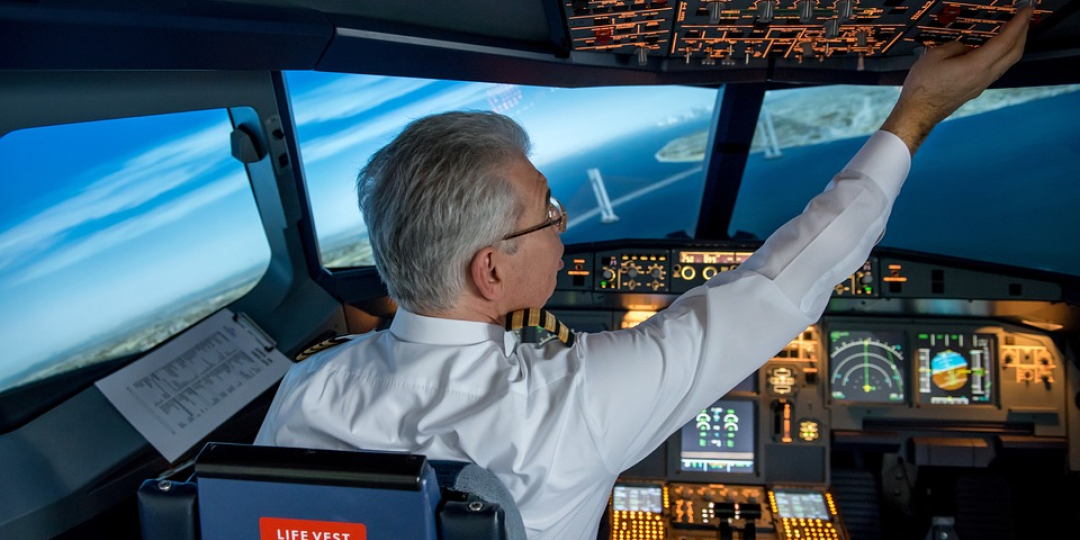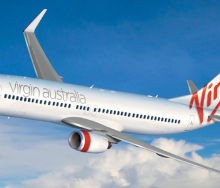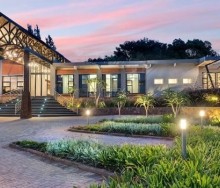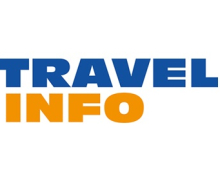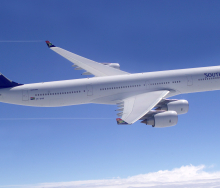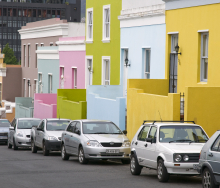The US’s severe pilot shortage has led to diminished or lost air services at 76% of US airports, according to OAG, which compared October 2022 with October 2019. OAG is a global travel data provider headquartered in the UK with a large network of flight information data.
“We now have more than 500 regional aircraft parked without pilots to fly them and an associated air service retraction at 324 communities. Fourteen airports have lost all scheduled commercial air services – a number that is still rising,” says Faye Malarkey Black, CEO of the Regional Airline Association (RAA). The RAA represents the airlines that provide 43% of scheduled passenger flights in the US and offer the only source of scheduled air service to most of the country.
“We are on the precipice of a wholesale collapse of small community air service,” says Black. “It has already begun, with 60 US airports losing more than half their air service since 2019. Every policymaker in the Administration and Congress must set aside politics and address this crisis today.”
The Federal Aviation Administration has certificated an average of 6 335 airline-qualified pilots each year since 2013, while the US Bureau of Labor and Statistics (BLS) predicts 18 100 yearly commercial airline pilot openings over the next decade. A higher number of pilots than usual qualified in 2022 due to resumption of COVID-disrupted qualifications, yet the US industry is still short.
In addition, pilot retirements in the US continue to outpace new entrants into the qualified pilot workforce; 45,7% of qualified pilots will now reach mandatory retirement age within 15 years, while 13,4% will reach that age within five years.
 Finding a way forward
Finding a way forward
US carriers are responding to the air service crisis by aggressively competing for pilots and focusing on programmes to better attract and train younger pilots.
Last December, United Airlines opened its Aviate Academy in Goodyear, Arizona, the first major airline-owned flight school in the US, according to CNBC. Other major airlines – including American Airlines, Delta Air Lines, Southwest, Hawaiian, JetBlue, and Frontier – have set up branded training programmes affiliated to independent flight schools around the US.
This approach has been taken by regional airlines, too, like Mesa Air Group, Republic, Envoy, Cape Air, and SkyWest.
The BLS shows pilots have the second-highest median pay out of all occupations, behind only medicine. (The median annual wage for all occupations is US$58 260 (R988 000)). The BLS projects 18 100 openings for airline and commercial pilots each year over the next decade.
However, according to Oliver Wyman, a New York-based management consulting firm, the aviation industry in North America is short of 8 000 pilots this year, which is 11% of the total workforce. This gap is forecast to increase to more than 29 000 by 2030.

